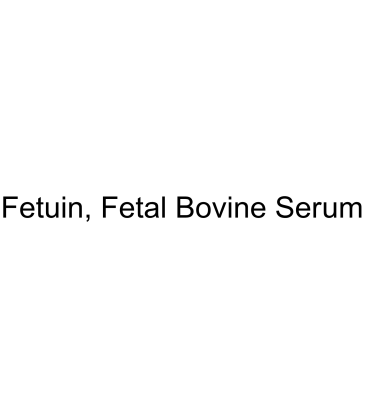Sialoglycoconjugates in Herpetomonas megaseliae: role in the adhesion to insect host epithelial cells.
Bianca A Silva, Fernanda M Pereira, José B de Jesus, Marta H Branquinha, André L S Santos, Claudia M d'Avila-Levy
Index: FEMS Microbiol. Lett. 295 , 274-280, (2009)
Full Text: HTML
Abstract
Herpetomonas megaseliae is a monoxenic trypanosomatid isolated from the phorid fly Megaselia scalaris. In the present report, the expression of cell surface sialoglycoconjugates in this parasite was analyzed by Western blotting, flow cytometry and fluorescence microscopy analyses using lectins that specifically recognize sialic acid residues. A strong reaction was detected when parasites were treated with Limax flavus, Maackia amurensis and Sambucus nigra lectins. Analysis of crude protein extracts by Western blotting revealed that bands with molecular masses ranging from 19 to 80 kDa were reactive to these lectins, which showed a sugar-inhibited recognition with the parasite extract. These results indicated that molecules containing alpha2,3- and alpha2,6-sialylgalactosyl sequences are present in this protozoan. The role of the surface sialomolecules in the interaction with explanted guts from Aedes aegypti was assessed. The interaction of H. megaseliae with the insect gut was strongly inhibited in the presence of mucin (71%), fetuin (68%) and sialyllactose (68%). Collectively, our results suggest a possible involvement of sialomolecules in the interaction between this insect trypanosomatid and the invertebrate host.
Related Compounds
| Structure | Name/CAS No. | Molecular Formula | Articles |
|---|---|---|---|
 |
Fetuin, Fetal Bovine Serum
CAS:9014-81-7 |
|
The role of sialyl glycan recognition in host tissue tropism...
2011-10-01 [PLoS Pathog. 7(10) , e1002296, (2011)] |
|
Llama-derived single domain antibodies to build multivalent,...
2011-01-01 [PLoS ONE 6 , e17665, (2011)] |
|
Separation of monosaccharides hydrolyzed from glycoproteins ...
2015-07-01 [Anal. Bioanal. Chem 407 , 5453-62, (2015)] |
|
An equation to estimate the difference between theoretically...
2015-01-01 [Sci. Rep. 5 , 13370, (2015)] |
|
Serum- and feeder-free culture of mouse germline stem cells.
2011-01-01 [Biol. Reprod. , (2010)] |